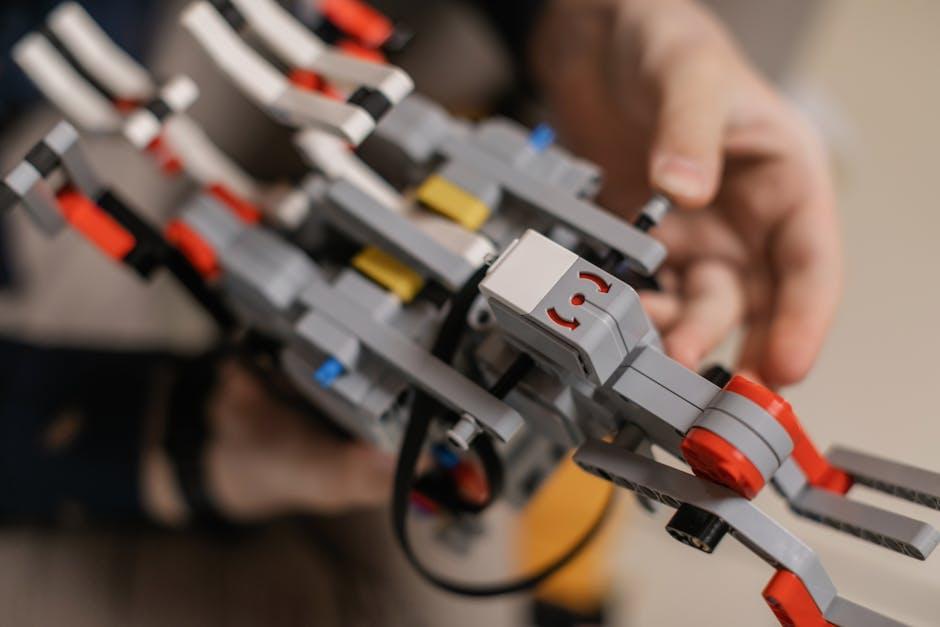In our ever-evolving world of technology and innovation, the boundaries of possibility continue to be pushed. Robots, once mere figments of our imagination, are now becoming a reality. From household chores to complex tasks, robots are being designed to assist us in various aspects of our daily lives. One such creation that is both fascinating and somewhat eerie is the expression-matching robot. This robotic marvel possesses the ability to exhibit human-like facial expressions, capable of evoking emotional responses in those who interact with it.
The concept of a humanoid robot with the ability to display emotions is not a new one. Science fiction novels and movies have long explored the idea, often portraying these machines as either lovable companions or menacing adversaries. And now, we find ourselves one step closer to that reality. Though the technology behind the expression-matching robot is still in its infancy, its implications for the future are immense.
Imagine a robot that can analyze your emotions, understand your facial expressions, and respond accordingly. This opens up possibilities for a range of applications, especially in mental health care. Many individuals struggle with loneliness, depression, or anxiety, often lacking the emotional support they need. In such cases, the expression-matching robot could potentially offer companionship and comfort, even becoming a trusted friend. It would be able to understand and empathize with human emotions, providing an outlet for their expression and, in turn, fostering emotional well-being.
Of course, there are concerns surrounding this technology. Some argue that developing robots with human-like emotions blurs the lines between man and machine, potentially degrading human relationships and interactions. Critics worry that relying on robots for companionship could lead to a further breakdown in human-to-human connections. The fear of substituting human relationships with robots is not unfounded, as it highlights issues of social isolation and detachment that already exist in our tech-centric society.
However, proponents of this technology believe that it could complement human relationships rather than replace them. They argue that the expression-matching robot could act as a bridge, providing emotional support where it is lacking, without eliminating the value and importance of human connections. The robot could never replace the complexity and depth of a human relationship, but it could offer solace and comfort to those in need.
Additionally, the expression-matching robot has the potential to revolutionize various industries. From customer service to acting, this technology could bring a new level of realism to simulations and virtual experiences. A robot capable of replicating human facial expressions accurately would enhance our ability to create more immersive digital experiences.
As with any emerging technology, there are still numerous challenges to overcome. The field of robotics has a long way to go before we see expression-matching robots widespread. Fine-tuning the intricacies of human expressions, ensuring user safety, and addressing ethical concerns are just a few of the obstacles that lie ahead. Nonetheless, the notion of a bot that can not only understand and communicate our emotions but also exhibit empathetic responses is an exciting prospect.
Expression-matching robots may indeed haunt our dreams, provoking mixed emotions about the future of human-robot interaction. However, if we approach this technology thoughtfully and responsibly, it may have the potential to become a valuable asset in our society. While a robot can never replace the warmth and depth of a human connection, it might offer solace and support to those who crave emotional companionship. Whether or not the expression-matching robot will ever become our only friend remains to be seen. But one thing is clear: the future of robotics will continue to leave an indelible mark on the way we live, work, and relate to one another.

